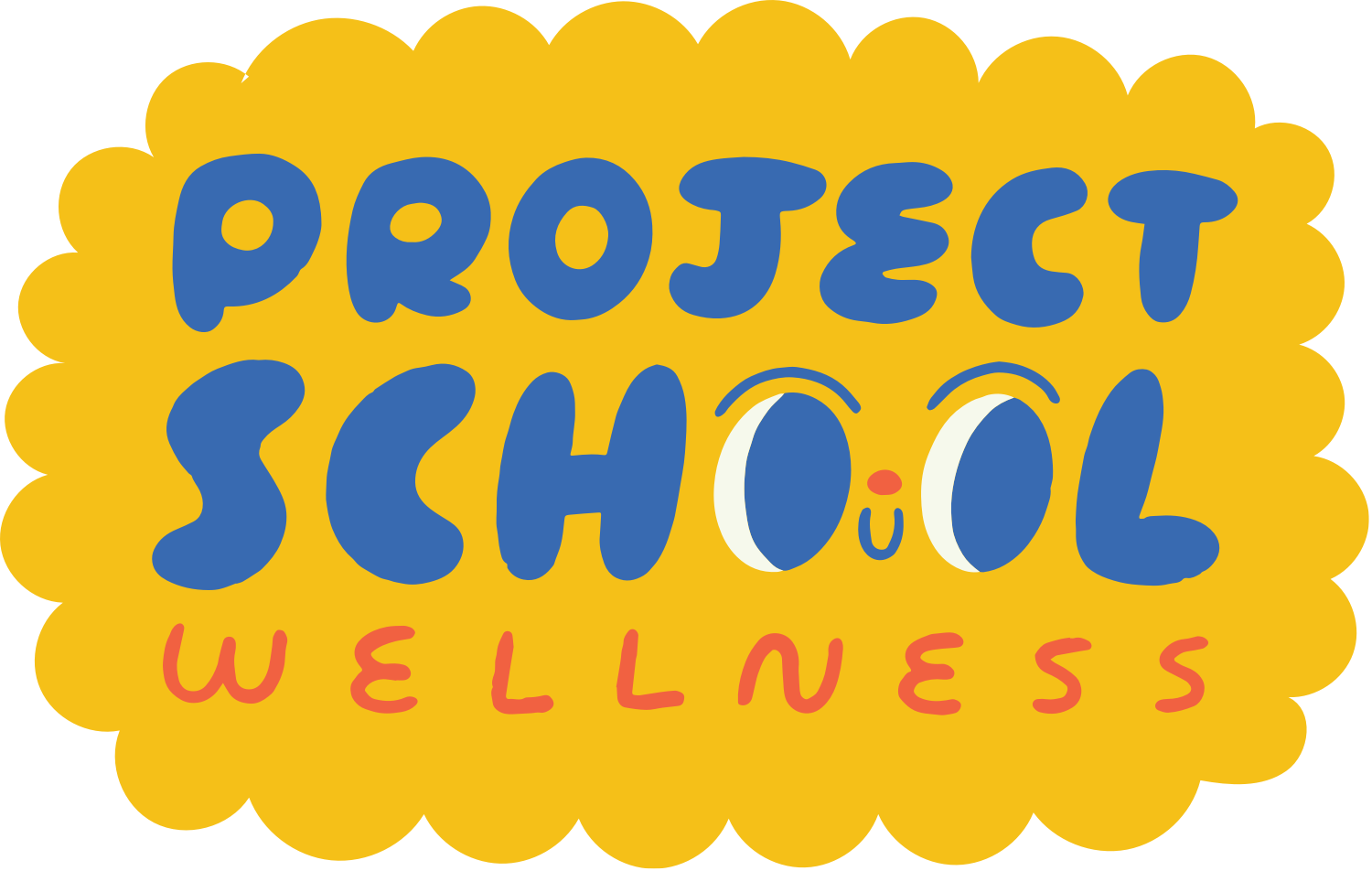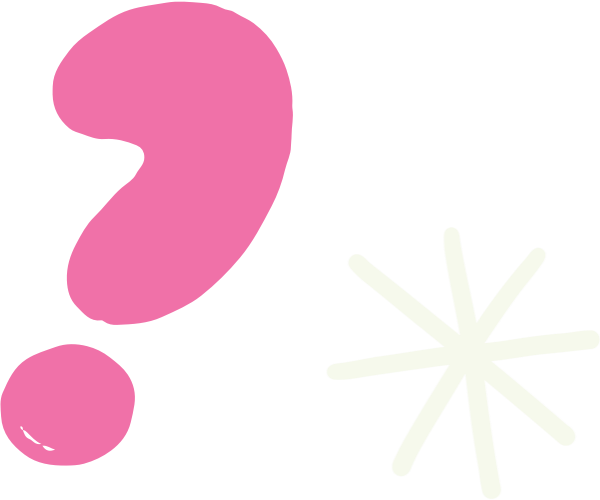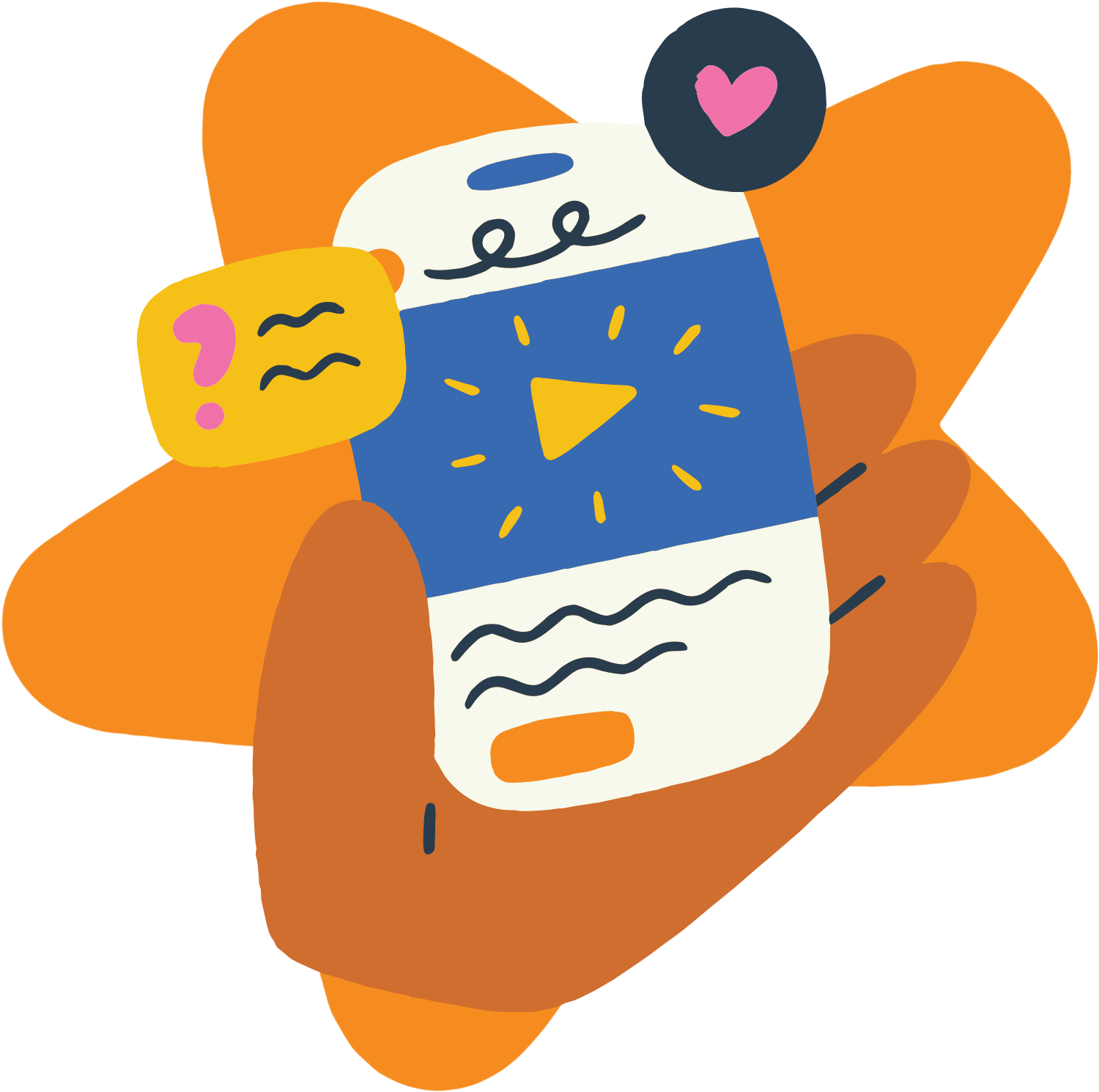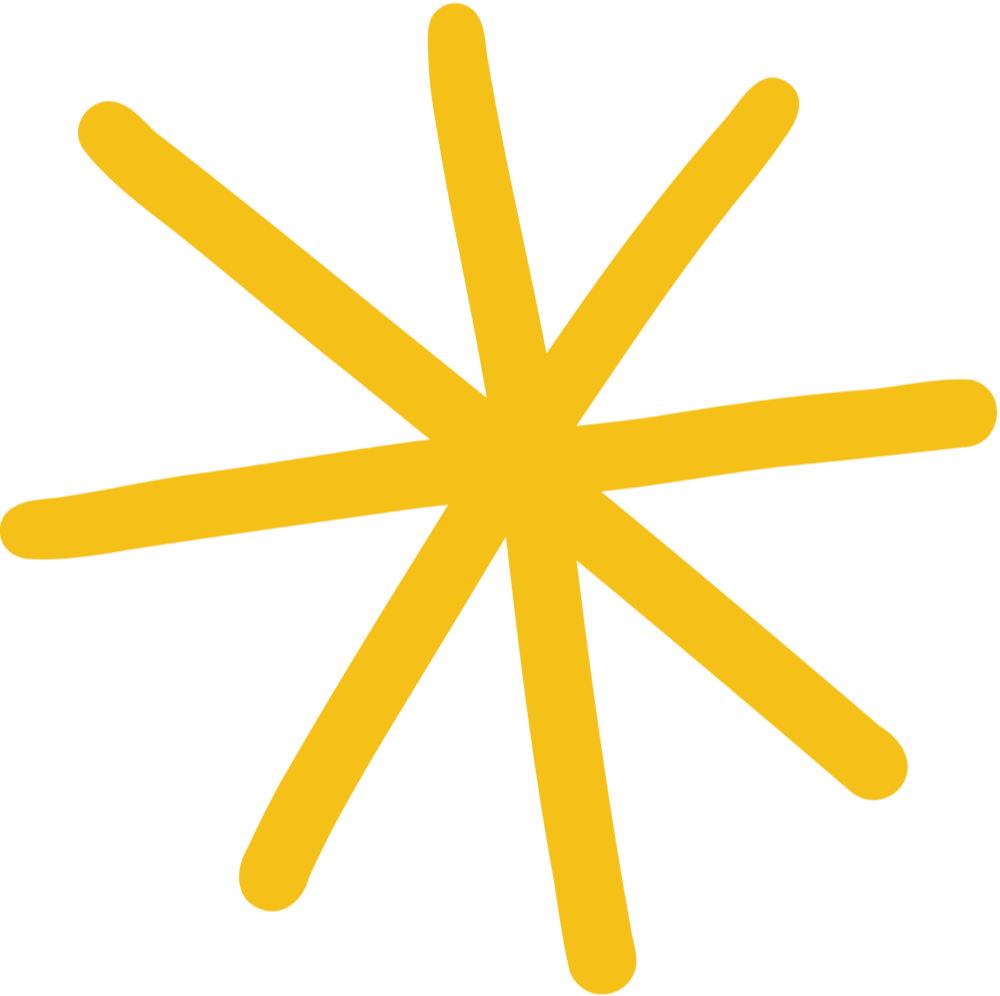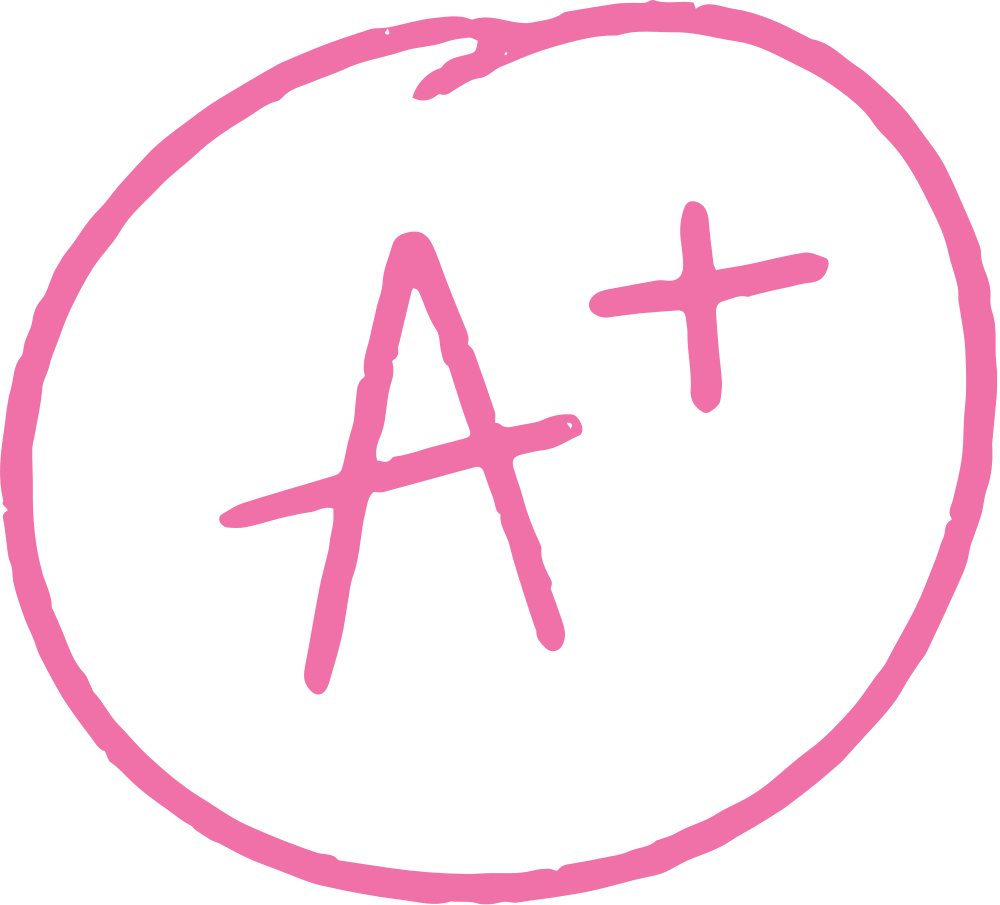
How to Teach the Dimensions of Health
Cultural Health
Cultural Health refers to understanding and appreciating your identity and culture, and respecting the identities and cultures of others. It is about working to notice, understand, and value the ways people are different from each other.
Easy Cultural Health Teaching Activities
Start Here!
This page is your go-to guide for teaching cultural health through the lens of the SHAPE America National Health Education Standards. Health education teachers will find grade-level teaching progressions and practical ways to connect culture and cultural health to essential health skills like analyzing influences, self-management, and advocacy. We’ve also curated a collection of ready-to-use lesson plans, relevant videos, and trusted resources to support your financial literacy curriculum and outline how to teach cultural health.
Table of Contents
Grade-Level Specific Teaching Ideas →
SHAPE Health Standards and Skills →
An Introduction to Teaching Cultural Health
Let’s start with
The Basics
Also available: signature health guides for parents and students to support health learning at home and in class.
For Students → For Parents →
What is Cultural Health Education?
Cultural health education teaches students to explore who they are, embrace where they come from, and understand how culture affects health. It helps students recognize that culture shapes everything from their beliefs and behaviors to their values and daily choices. By exploring cultural identity, both their own and others’, students build empathy, respect, and a deeper sense of belonging. Grounded in the SHAPE America National Health Education Standards, this dimension of health gives students the knowledge and skills to analyze cultural influences, communicate across differences, and make thoughtful, inclusive decisions that support well-being.
Why Cultural Health Matters
Culture Directly Impacts Well-being
Cultural health is a vital dimension of health. From the foods we eat to the traditions we practice, culture influences every aspect of our health and well-being. Recognizing and honoring these influences helps students make informed, authentic health decisions.
Understanding Culture Builds Self-Awareness
Culture is deeply woven into who we are. Understanding the role culture plays in shaping our beliefs, behaviors, and values is essential for building true self-awareness and personal growth.
Empathy and Understanding Fuel Connection
Our lives are full of different cultures. When students learn to recognize, respect, and appreciate cultural differences, they are better able to build meaningful relationships, collaborate effectively, and contribute to inclusive communities.
k-12 cultural health Teaching Progression
Grade-Specific Teaching Ideas
Explore K-12 grade-specific cultural health teaching ideas. Each guide provides health teachers clear cultural health learning objectives, essential functional knowledge, engaging teaching activities, and meaningful assessments. You’ll find everything you need to deliver impactful, developmentally-appropriate cultural health education.
-

Learning Objectives
Cultural health learning objectives clearly define what elementary students will know and be able to do as a result of each lesson. These objectives focus on developing functional health knowledge, building understanding related to the dimensions of health, and applying essential health skills to real-life situations. Every objective is designed to align with the SHAPE America National Health Education Standards, ensuring that instruction is comprehensive, skills-based, and promotes lifelong well-being.
The Goal: Students will build an understanding of what culture is and how it influences their lives and the lives of others. Through stories, food, and hands-on experiences, students will explore their own cultural identity while developing empathy and appreciation for cultures around the world.
✅ Understand what culture is and identify key aspects of their own culture, including food, traditions, clothing, language, and behaviors. → Relates to SHAPE America Health Standard: #1 Build and Apply Functional Knowledge
✅ Learn about different cultures around the world and explore similarities and differences through books, food, and classroom activities. → Relates to SHAPE America Health Standard: #8 Advocacy
✅ Recognize how culture can shape how people feel, think, and act, and begin building respectful, inclusive communication across cultural differences. → Relates to SHAPE America Health Standards: #2 Analyze Influences and #4 Use Communication Skills
-

Functional Knowledge
Functional knowledge refers to the essential health concepts elementary students need to understand in order to build awareness of how cultural and cultural health shows up in their lives. This knowledge helps students make informed choices and lays the foundation for managing this aspect of their well-being with intention and confidence.
💡What Culture Is
Culture is the way a group of people live, including their food, clothes, language, holidays, and traditions.
💡What Empathy Means
Empathy is understanding and caring about how someone else feels, even if their life is different from yours.
💡The Platinum Rule
Treat others the way they want to be treated, not just how you want to be treated.
-
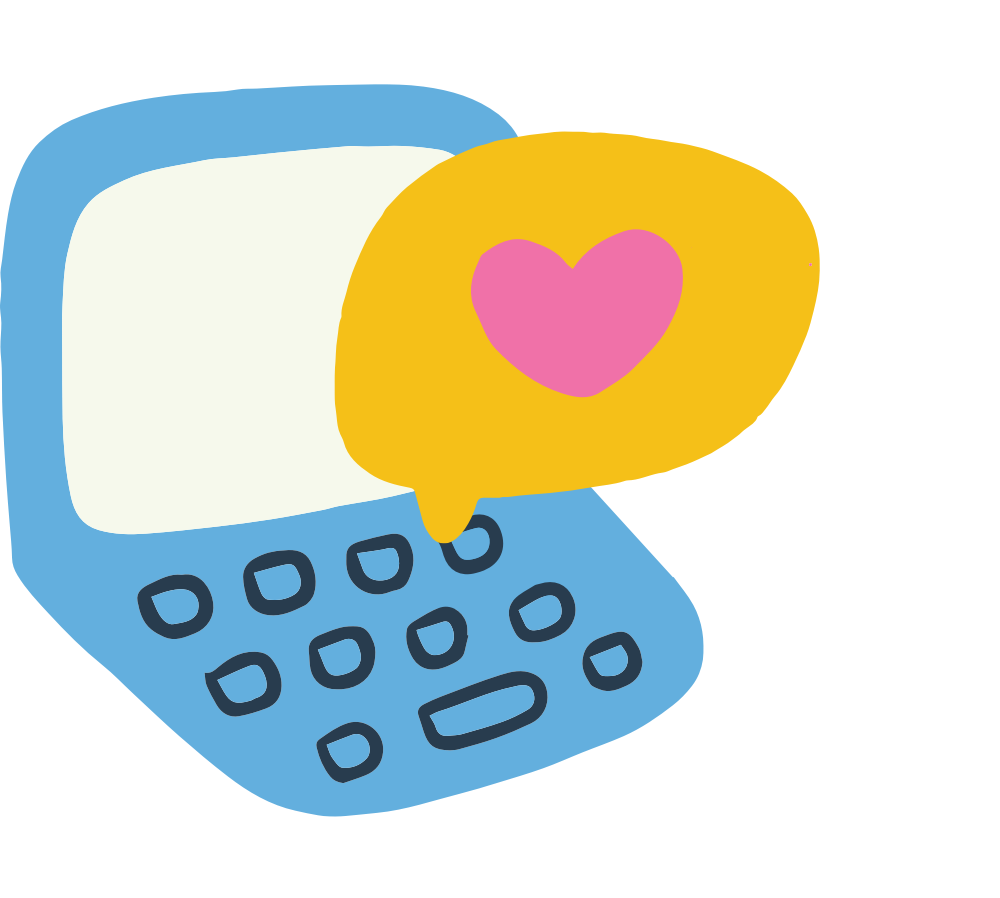
Activities
Activities are health education learning engagements that help elementary students explore, interact with, and build deeper understanding of culture and cultural health. Each learning activity is designed to support a skills-based health approach and provide meaningful opportunities for students to explore the functional knowledge and practice the health skills.
🔎 Culture Sorting Activity
Students sort pictures or icons representing different cultures and match them to the correct country.
→ Connects to: Understand what culture is and identify aspects of personal cultural identity.🔎 Sharing Culture Through Food
Invite parents, family members, or local community members to share foods and traditions from their cultures through presentations, cooking demonstrations, or storytelling.
→ Connects to: Experience different cultures through food, stories, and shared traditions.🔎 Holiday Highlights
Throughout the year, introduce and celebrate different holidays from around the world, helping students learn the meaning, traditions, and cultural significance behind each celebration.
→ Connects to: Learn about global cultures and recognize how traditions and celebrations reflect cultural identity. -

Assessments
These cultural health project-based learning assessments are designed to measure both what students understand and how well they can apply their cultural health knowledge and health skills in meaningful, real-world ways. Each financial health assessment idea aligns with the SHAPE America National Health Education Standards and offers students a practical, hands-on learning experience. By actively using health skills to navigate realistic scenarios, students demonstrate their ability to think critically, make informed decisions, and take ownership of their well-being.
📚 "I Am, I Celebrate" Poem
Students write a simple poem about themselves focusing on the parts of their culture they are proud of and how it makes them feel.
→ Assesses: Understanding what culture is and identifying key aspects of personal culture, including food, traditions, clothing, language, and behaviors. (SHAPE America Standard #1)📚 Culture Quilt Square
Students create a quilt square that represents an element of their own culture or a culture they are studying. When displayed together, the quilt showcases the diversity within the classroom and beyond.
→ Assesses: Learning about different cultures and recognizing cultural similarities and differences through shared classroom activities. (SHAPE America Standard #8)📚 Book Reflection
After reading a book about a different culture, students reflect by drawing or writing about something they learned and how it is similar to or different from their own experience.
→ Assesses: Recognizing how culture shapes how people feel, think, and act, and practicing respectful, inclusive reflection across cultural differences. (SHAPE America Standard #2, #4)
-

Learning Objectives
Cultural health learning objectives clearly define what middle school students will know and be able to do as a result of each lesson. These objectives focus on developing functional health knowledge, building understanding related to the dimensions of health, and applying essential health skills to real-life situations. Every objective is designed to align with the SHAPE America National Health Education Standards, ensuring that instruction is comprehensive, skills-based, and promotes lifelong well-being.
The Goal: Students will deepen their understanding of cultural identity and develop the skills to respectfully engage with diverse perspectives. By exploring how culture shapes beliefs, behaviors, and choices, students build empathy, strengthen communication, and become more inclusive members of their communities.
✅ Recognize how their personal culture influences their beliefs, behaviors, and choices in everyday life. → Relates to SHAPE America Health Standards: #1 Build and Apply Functional Knowledge and #2 Analyze Influences
✅ Explore a variety of cultural perspectives and experiences different from their own through books, discussions, and shared activities. → Relates to SHAPE America Health Standard: #1 Build and Apply Functional Knowledge and #4 Interpersonal Communication Skills
✅ Build skills for navigating cultural differences with empathy, respect, and an open mind. → Relates to SHAPE America Health Standard: #1 Build and Apply Functional Knowledge and #4 Interpersonal Communication Skills -

Functional Knowledge
Functional knowledge refers to the essential health concepts middle school students need to understand in order to build awareness of how cultural and cultural health shows up in their lives. This knowledge helps students make informed choices and lays the foundation for managing this aspect of their well-being with intention and confidence.
💡Deeper Understanding of Culture
Culture includes the traditions, beliefs, behaviors, celebrations, foods, and social norms that shape how people live, think, and act.
💡 How Culture Influences Health and Decision MakingCultural values and traditions impact health choices like diet, physical activity, emotional health, communication styles, and ideas about wellness.
💡 What Empathy Means and How to Practice ItEmpathy is the ability to understand and respect how someone else feels and experiences the world, even when their life is different from your own.
-

Activities
Activities are health education learning engagements that help middle school students explore, interact with, and build deeper understanding of culture and cultural health. Each learning activity is designed to support a skills-based health approach and provide meaningful opportunities for students to explore the functional knowledge and practice the health skills.
🔎 Books and Movies for Cultural Awareness
Students read stories and watch films that highlight different cultural perspectives. They practice noticing traditions, values, and behaviors, building empathy and understanding for lives different from their own.
→ Connects to: Explore a variety of cultural perspectives and experiences different from their own through books, discussions, and shared activities.🔎 Walk in Their Shoes (Peer Exploration Activity)
Students pair up and explore how they and a peer might view the same health issue (like food choices, stress, or family responsibilities) differently based on their cultural backgrounds. Focus is on listening, learning, and understanding multiple perspectives.
→ Connects to: Build skills for navigating cultural differences with empathy, respect, and an open mind.🔎 My Culture, My Health (Personal Reflection)
Students reflect on and identify key elements of their own culture. They examine how these elements influence their health, happiness, daily routines, and decision-making.
→ Connects to: Recognize how their personal culture influences their beliefs, behaviors, and choices in everyday life. -

Assessments
These cultural health project-based learning assessments are designed to measure both what students understand and how well they can apply their cultural health knowledge and health skills in meaningful, real-world ways. Each financial health assessment idea aligns with the SHAPE America National Health Education Standards and offers students a practical, hands-on learning experience. By actively using health skills to navigate realistic scenarios, students demonstrate their ability to think critically, make informed decisions, and take ownership of their well-being.
📚 This Is Me Project
Students create a visual or written art piece that honors their identity and culture, highlighting how their background shapes their health choices, happiness, and values. → Assesses: Recognize how their personal culture influences their beliefs, behaviors, and choices in everyday life. (SHAPE America Standards #1 and #2)
📚 Decision-Making Map of Influence
Students create a visual map showing how different cultural influences (family expectations, community beliefs, traditions, values) impact their personal decision-making related to health, relationships, or daily habits. → Assesses: Recognize how their personal culture influences their choices and analyze the cultural factors that shape decision-making. (SHAPE America Standards #2 and #5)
📚 Cultural Presentation
Students research and present on an aspect of their own culture or a culture they’re curious about. Presentations may include traditions, beliefs, food, language, or health practices. Students practice communicating with empathy and respect while sharing and learning from one another. → Assesses: Explore a variety of cultural perspectives and build skills for navigating cultural differences with empathy, respect, and an open mind.
-

Learning Objectives
Cultural health learning objectives clearly define what high school students will know and be able to do as a result of each lesson. These objectives focus on developing functional health knowledge, building understanding related to the dimensions of health, and applying essential health skills to real-life situations. Every objective is designed to align with the SHAPE America National Health Education Standards, ensuring that instruction is comprehensive, skills-based, and promotes lifelong well-being.
The Goal: Students will develop a deeper understanding of the role culture plays in shaping health, identity, and equity. Through critical reflection and meaningful dialogue, students will explore how cultural beliefs and societal systems impact well-being and begin building the advocacy skills needed to promote inclusive, healthy communities.
✅ Develop a deep understanding of culture by identifying and reflecting on the many elements of culture that shape their daily lives, beliefs, and behaviors. → Related SHAPE America Standards: #1 Build and Apply Functional Knowledge and #2 Analyze Influences
✅ Recognize how personal culture can create biases and blindspots, and develop skills and practices to confront bias and build greater cultural understanding. → Relates to SHAPE America Standards: #1 Build and Apply Functional Knowledge, #2 Analyze Influences, and #4 Use Communication Skills
✅ Understand the relationship between culture and health equity, including how societal structures, traditions, and cultural norms influence access to health and well-being. → Relates to SHAPE America Standards: #1 Build and Apply Functional Knowledge and #2 Analyze Influences
✅ Begin developing advocacy skills to support cultural shifts that promote health equity and create more inclusive, healthy communities. → Relates to SHAPE America Standards: #8 Advocacy -

Functional Knowledge
Functional knowledge refers to the essential health concepts high school students need to understand in order to build awareness of how cultural and cultural health shows up in their lives. This knowledge helps students make informed choices and lays the foundation for managing this aspect of their well-being with intention and confidence.
💡 Understanding Elements of Culture
Key elements of culture include food, clothing, language, celebrations, family roles, religion, health practices, communication styles, and views on education, gender, and authority.💡 What is Bias
Understand what bias and cultural blindspots are, how they develop, and how they impact relationships, decision-making, and health outcomes.
💡 Health Equity
Health equity means giving everyone a fair and just opportunity to live a healthy life. Students will explore how factors like culture, race, language, income, and access to resources affect health outcomes, and how systemic barriers create unfair differences in health between groups.
💡 Community Health
Community health focuses on the well-being of groups of people rather than just individuals. Students will examine how cultural norms, public health policies, access to services, and social support systems influence the health of communities as a whole.
💡 What Advocacy Is
Advocacy is speaking up, taking action, and working to create change to support the health, well-being, and equity of individuals and communities. Students will learn how advocacy can challenge unfair cultural norms, promote health equity, and build healthier, more inclusive communities. -

Activities
Activities are health education learning engagements that help middle school students explore, interact with, and build deeper understanding of culture and cultural health. Each learning activity is designed to support a skills-based health approach and provide meaningful opportunities for students to explore the functional knowledge and practice the health skills.
🔎 Bias and Blindspot Exploration
Students explore the concept of bias and cultural blindspots by analyzing the same scene from different points of view. For example, students are asked to draw a famous structure (i.e. the Eiffel Tower or the Statue of Liberty) but each receives a different angle to replicate. The activity prompts discussion about how perspectives are shaped by what we see and what we don't, leading to deeper reflection on bias and interpretation. → Connects to: Understand what bias and cultural blindspots are and recognize how personal culture can create biases and blindspots.🔎 Elements of Culture Scavenger Hunt
Students participate in a scavenger hunt (physical or digital) to find examples of cultural elements like food, language, traditions, beliefs, behaviors, and clothing, in their school, community, or media. They reflect on how these elements shape their daily experiences and values. → Connects to: Develop a deep understanding of culture by identifying and reflecting on the many elements of culture that shape their daily lives, beliefs, and behaviors.🔎 Health Equity Research
Students research a health equity issue (e.g., access to mental health services, food insecurity, or maternal health disparities) and investigate how cultural norms, traditions, and systemic structures influence access to care and outcomes. → Connects to: Understand the relationship between culture and health equity.🔎 Cultural Habits and Health Audit (Community Focus)
Students select a specific community or subculture and analyze how common habits or norms (like alcohol use at celebrations or emotional suppression) affect personal and public health. Students evaluate both positive and negative impacts. → Connects to: Develop a deep understanding of culture and assess how it influences health-related decisions and behaviors.
🔎 Health Advocacy at Work
Students explore real-world examples of health advocacy projects that address cultural health disparities or promote inclusion (e.g., anti-racism campaigns in healthcare, culturally responsive sex ed, Indigenous health initiatives). They reflect on how advocacy can create cultural shifts and advance health equity. → Connects to: Begin developing advocacy skills to support cultural shifts that promote health equity and create more inclusive, healthy communities. -

Assessments
This cultural health project-based learning assessment is designed to measure both what students understand and how well they can apply their cultural health knowledge and health skills in meaningful, real-world ways. Each financial health assessment idea aligns with the SHAPE America National Health Education Standards and offers students a practical, hands-on learning experience. By actively using health skills to navigate realistic scenarios, students demonstrate their ability to think critically, make informed decisions, and take ownership of their well-being.
📚 Health Equity Advocacy Project In this culminating project, students will select a health equity issue impacting a specific cultural group or community. They will research the cultural context and lived experiences of that community, identifying elements of culture that influence beliefs, behaviors, and access to health. Students will then uncover biases and blindspots, both internal and systemic, that contribute to ongoing health disparities. Finally, students will develop and present an advocacy plan designed to promote equity and create culturally responsive change, demonstrating their ability to communicate with empathy, propose actionable solutions, and amplify underrepresented voices.
→ Assesses: Deep understanding of how culture influences health and well-being. Recognition of personal and systemic biases and blindspots. Analysis of a health equity issue within a cultural context. Development of a thoughtful, culturally informed advocacy plan.
→ Relates to SHAPE America Standards: #1, #2, #4, #8
-
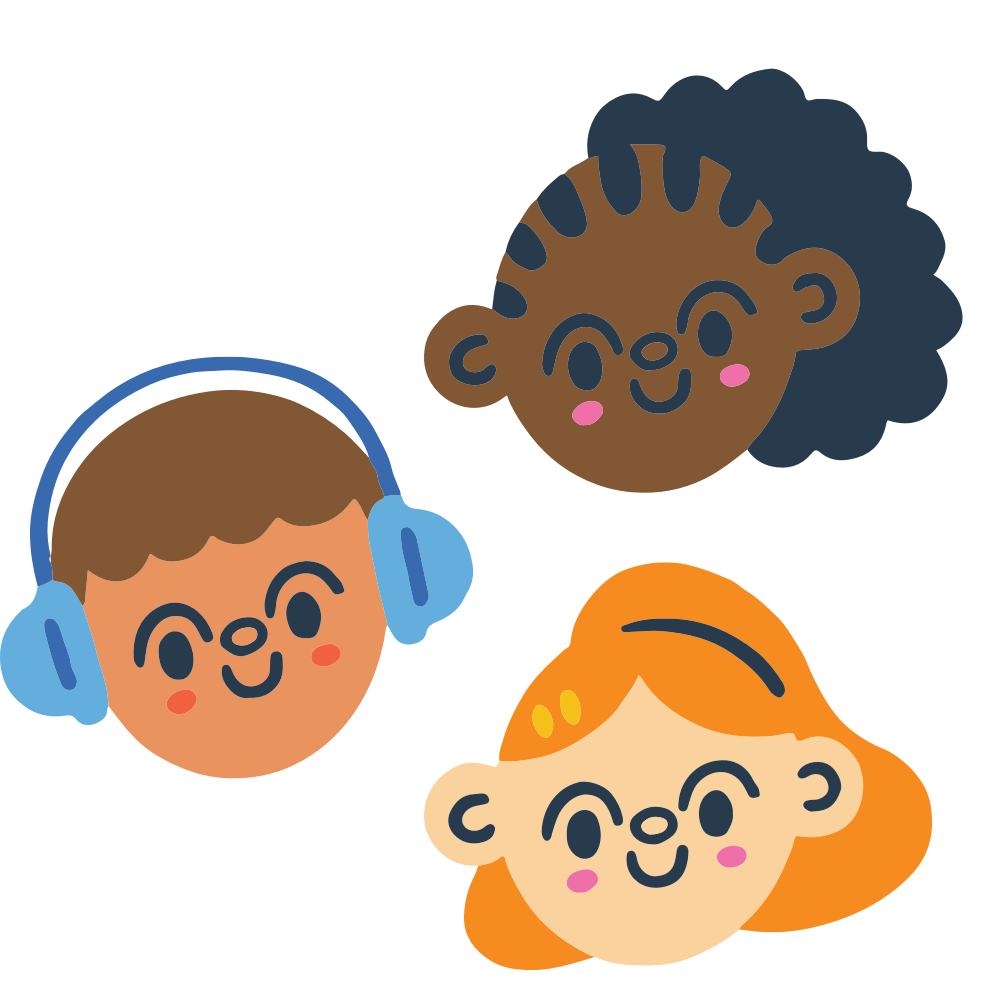
For Students
Discover a catalog of teen health guides packed with essential healthy living tools. Each health guide features topic overviews, self-assessment check-ins, red flag indicators, actionable resources, and more to help students take charge of their health and well-being.
-
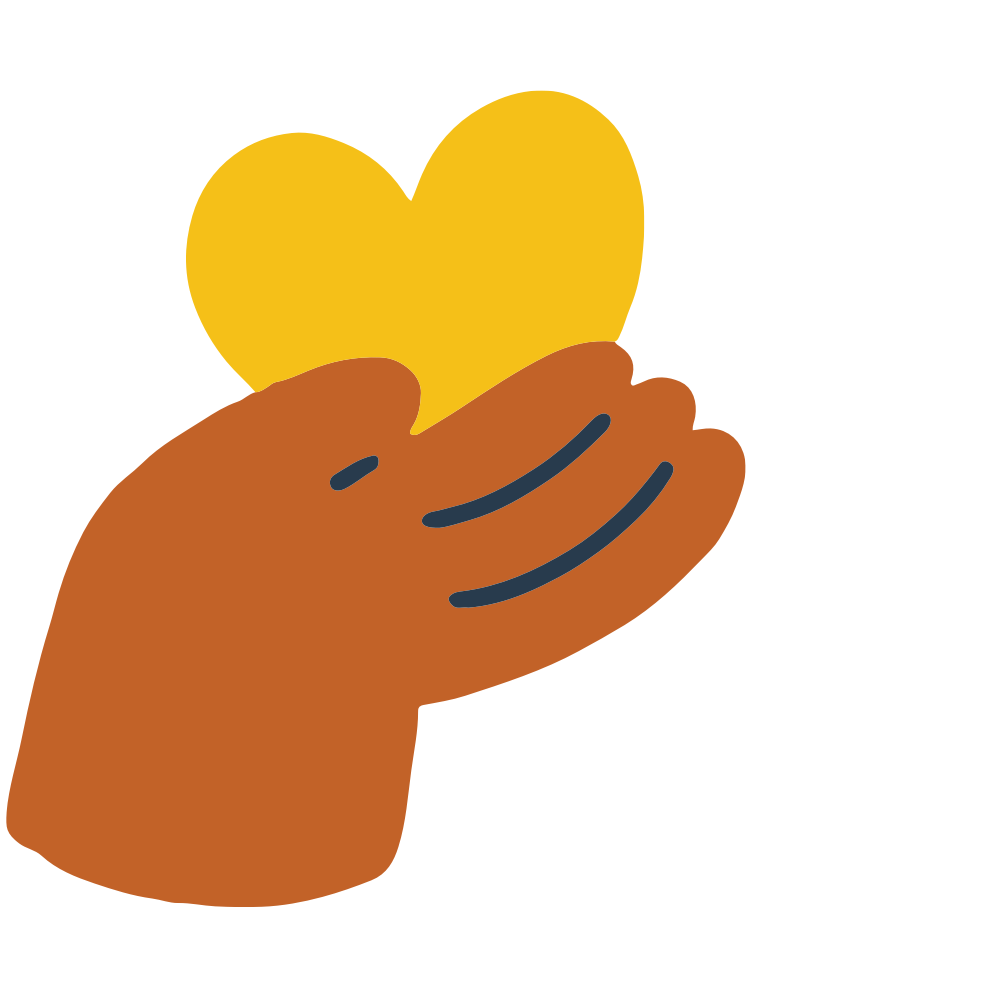
For Parents
The ultimate guide for parents to raise healthy kids, foster open communication, and become their child’s trusted go-to adult. Discover our parent health guides filled with conversation starters, topic overviews, curated resources, and practical tools to confidently support your child’s health and well-being.
Teach the SHAPE health education Standards
Cultural Health Teaching Ideas Connected to SHAPE’s Health Skills
Explore the health skills table below to discover teaching ideas that connect cultural health education to SHAPE America’s National Health Education Standards. By linking cultural health lessons to health skills like decision-making, self-management, and analyzing influences, you can create meaningful, skills-based learning experiences that help students develop cultural awareness for themselves and others.
-
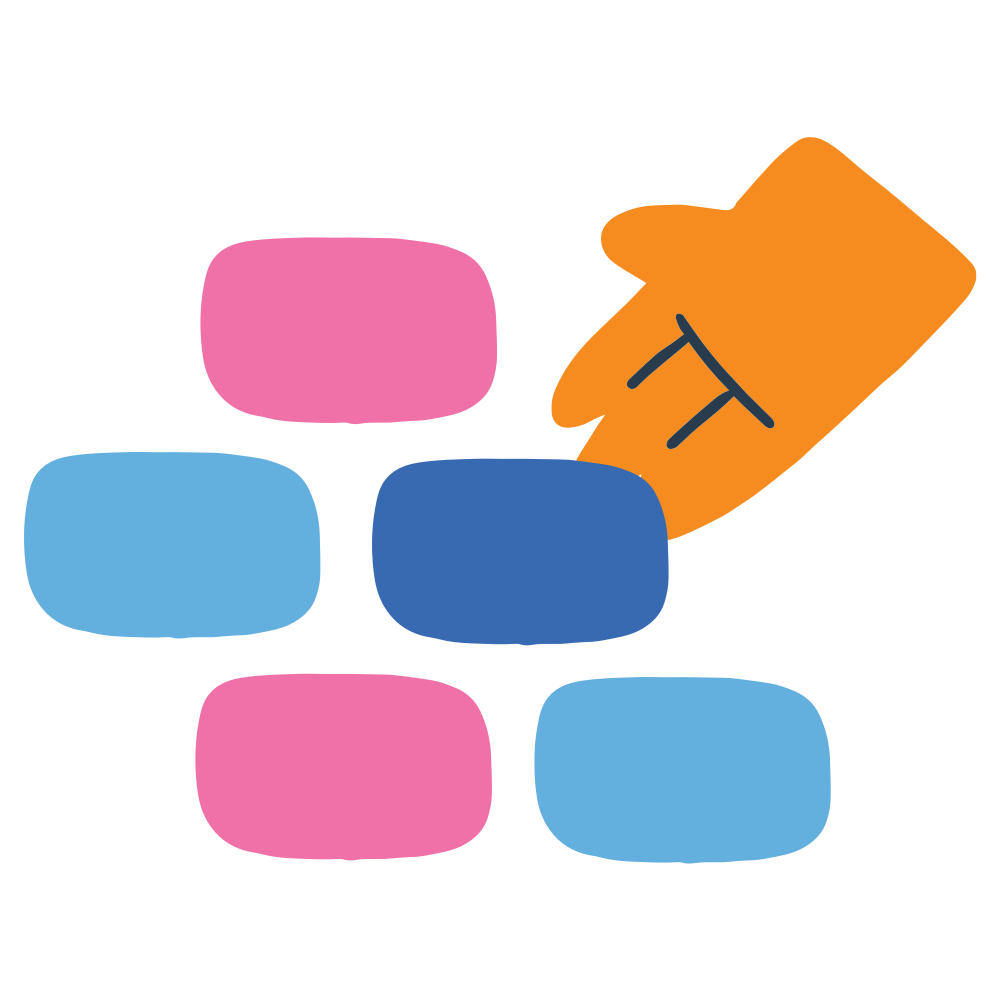
Building and Applying Functional Knowledge
SHAPE America Standards #1
Learning and Using Health Knowledge
-

Analyzing Influences
SHAPE America Standards #2
See What Shapes How You Feel, Think, and Act
-
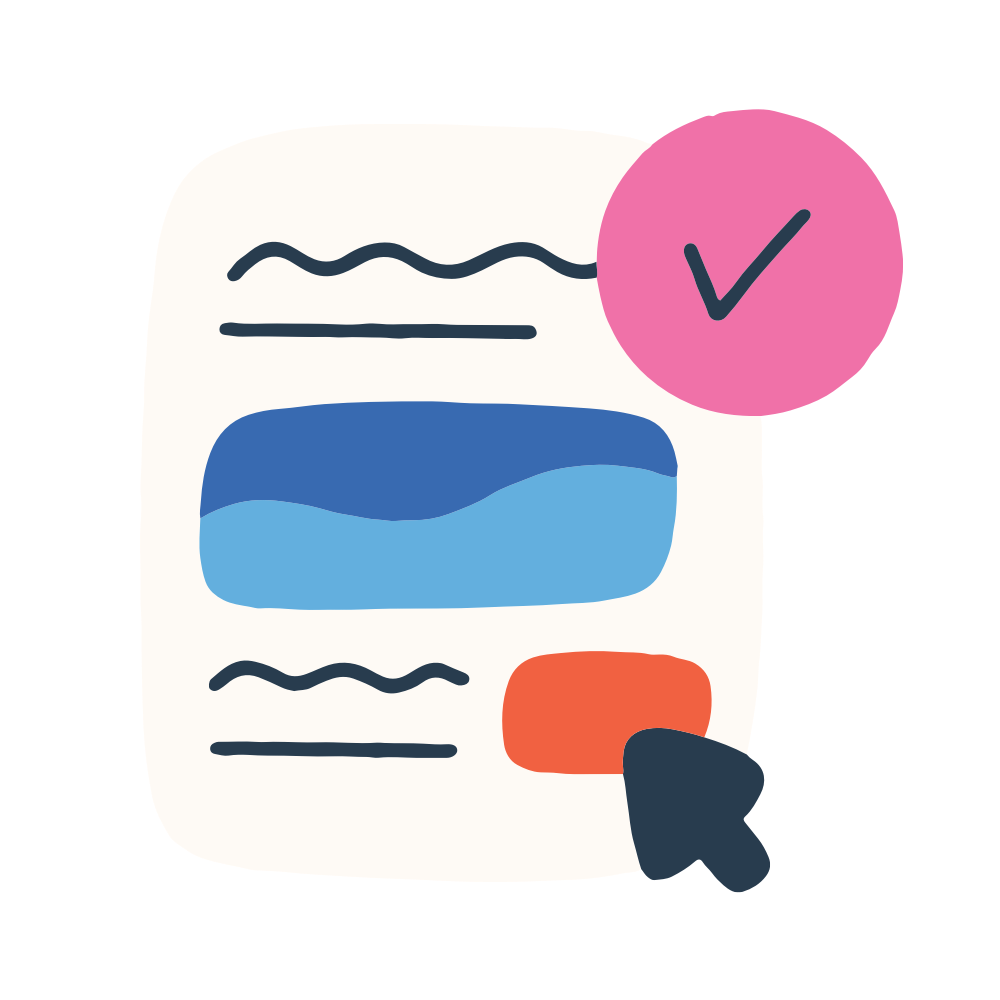
Accessing Resources
SHAPE America Standards #3
Find Valid Health Info & Services
-

Interpersonal Communication
SHAPE America Standards #4
Communicate Effectively
-
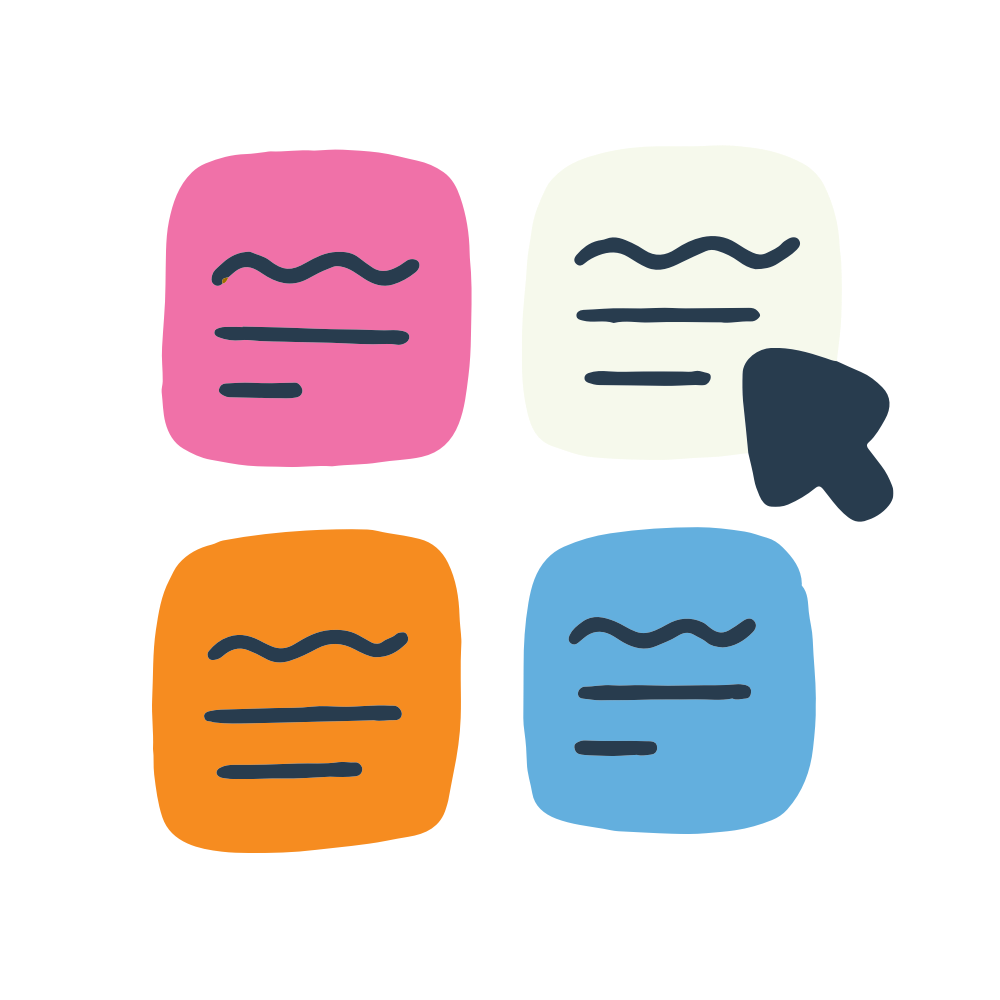
Decision Making
SHAPE America Standards #5
Make Enriching Health Choices
-

Goal Setting
SHAPE Standard #6
Set and Reach Health Goals
-
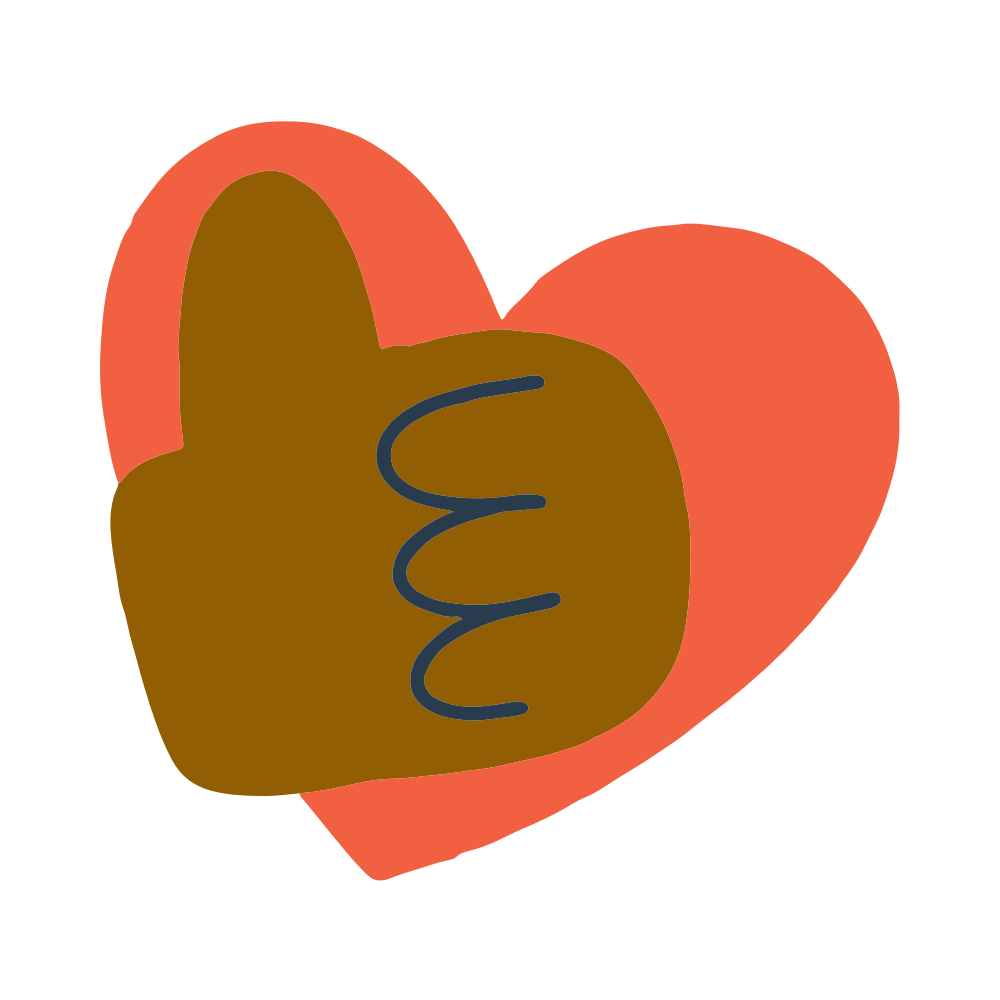
Practice Health Enhancing Behaviors
SHAPE Health Standard #7
Take Care of Your Well-being
-

Advocacy
Health Standard #8
Speak Up for Health
How Building and Applying Functional Knowledge Connects to Cultural Health Education:
Cultural health is rooted in understanding how culture shapes identity, values, beliefs, and health practices. When students Identify, Discover, Explore, and Apply (IDEA) knowledge related to culture, they gain a deeper understanding of how cultural norms and traditions influence health decisions, behaviors, and well-being. This empowers them to develop culturally competent health literacy, a core component of equity-centered education.
Building and Applying Functional Knowledge Teaching Ideas: Cultural Health Education
Picture Book Exploration: Read picture books that feature characters and communities from diverse cultures. Have students identify cultural practices, values, and traditions, then discuss what they learned and what questions they still have.
Culture Through Film: Watch movies like Coco and Encanto to explore how culture shapes family dynamics, traditions, and beliefs. Use guided questions to help students connect movie themes to real-world cultural influences.
Personal Cultural Autobiography: Have students create a short "cultural autobiography," reflecting on the cultures, traditions, and beliefs that have shaped their lives. Encourage them to explore both visible and invisible parts of their cultural identity.
Empathy Safari: Lead an “Empathy Safari” where students intentionally imagine "walking in someone else's shoes" for a day. Reflect on how cultural experiences, values, or traditions might influence everyday choices and experiences.
Culture Detective Research: Assign students to research a culture different from their own using the IDEA process (Identify, Discover, Explore, Apply). Emphasize finding valid, authentic sources and creating a small presentation that highlights similarities, differences, and new understandings.
How Analyzing Influences Connects to Cultural Health Education:
In cultural health education, analyzing influences helps students recognize how culture shapes the way people feel, think, and act. Customs, traditions, beliefs, values, and social norms influence daily behaviors, health practices, and personal decision-making. Using the SCAN process (Situation, Core Influences, Analyze, Now What), students learn to identify the cultural factors influencing themselves and others. This skill builds cultural awareness, strengthens empathy, and deepens understanding of how cultural influences support or impact the social, emotional, and spiritual dimensions of health.
Analyzing Influences Teaching Ideas: Cultural Health Education
Cultural Perceptions Audit: Have students choose a common health-related behavior (like eating meals, grieving, greeting others) and explore how their culture influences their views and practices. Then guide them to audit how different cultures might approach the same behavior.
Cross-Cultural Comparisons: Choose a health or social issue or news issue (like mental health, aging, body image, or parenting) and have students compare how different cultures perceive and respond to it. Use the SCAN process (Situation, Core Influences, Analyze, Now What) to structure their analysis
Cultural Influence Journals: Over a week, have students reflect daily on small actions or choices they make (like food, clothing, communication style) and identify what cultural influences might have shaped these behaviors.
Traditions and Beliefs Deep Dive: Have students select a tradition (such as coming-of-age celebrations, marriage rituals, or holiday customs) and analyze how cultural beliefs and values are embedded in the practice.
Influence Mapping Activity: Create visual “influence maps” where students chart out the various cultural influences that impact different aspects of life (health behaviors, communication, education, etc.). Discuss how different layers of influence shape choices and perspectives.
How Accessing Valid Resources Connects to Cultural Health Education:
In cultural health education, teaching students how to access valid, culturally responsive resources is critical. Students must learn how to find expansive information that accurately represents diverse cultures, not just dominant narratives. Using the PROVE It strategy (Purpose, Recency, Objective, Verifiable, Expertise), students build skills to spot trustworthy sources, evaluate cultural bias, and identify who is a reliable or unreliable narrator. They also explore how to access culturally competent services and resources that truly meet the needs of diverse communities, helping strengthen the social, emotional, and community dimensions of health.
Accessing Resources Teaching Ideas: Cultural Health Education
Reliable vs. Unreliable Narrators: Teach students how to critically evaluate sources by identifying whether the information comes from someone within the culture or an outsider looking in. Use real examples to compare perspectives.
Cultural Representation Resource Audit: Have students review websites, books, or media resources and audit how well they represent cultural voices. Use the PROVE It checklist (Purpose, Recency, Objective, Verifiable, Expertise) to guide their evaluation.
Finding Culturally Competent Services: Give students a scenario (like needing mental health services, medical care, or community support) and challenge them to find culturally competent providers or organizations that would meet a specific community’s needs.
Building a Cultural Resource Bank: In small groups, have students compile a list of reliable, culturally responsive resources for a specific health or cultural topic, creating a mini "library" they can share with the class.
Bias Busters Activity: Teach students how to spot cultural bias and misrepresentation in popular sources (e.g., textbooks, news, social media) and how to fact-check and find more balanced, authentic viewpoints.
How Interpersonal Communication Skills Connect to Cultural Health Education:
In cultural health education, building interpersonal communication skills teaches students how to engage with others through kindness, curiosity, and care. Communication is not just about expressing ideas; it is a powerful tool for learning, growing, and expanding worldviews. Using skill cues like TALK (Think Before Talking, Actively Listen, Listen to Learn, Keep it Kind and Respectful), students practice listening to understand rather than to respond. This skill fosters open-hearted conversations, builds empathy across cultures, and supports the emotional and social dimensions of health
Interpersonal Communication Teaching Ideas: Cultural Health Education
Cultural Story Exchange:
Students pair up and share a story about a cultural health tradition or belief from their lives. Partners practice active listening and summarize what they learned to build respect, understanding, and empathy.TALK Skill Scenario Practice:
Students are given a health-related scenario where cultural values or traditions differ. They practice using the TALK skill cue (Think, Actively Listen, Listen to Learn, Keep it Kind) to respond respectfully and thoughtfully.Culture-Based Role-Play:
Students act out short scenes where cultural differences impact a health decision or conversation. They practice navigating the situation with kindness, respect, and open-mindedness.Empathy Letter:
Students write a short letter from the perspective of someone whose culture shapes their health behaviors and decisions differently than their own. They focus on showing understanding, empathy, and compassion.Influence Map Discussion:
After creating personal influence maps showing the cultural influences on their health behaviors and beliefs, students participate in small group discussions to explore how these influences shape communication and decision-making.
How Decision-Making Skills Connect to Cultural Health Education:
In cultural health education, it’s critical students understand that every decision they make is influenced by culture. Culture shapes what we value, how we view the world, and what options we see as possible or acceptable. From national identities to smaller subcultures like sports teams, faith communities, or social groups, cultural influences guide the way people think, feel, and act. As students build greater awareness of their own cultural backgrounds, they begin to see how culture impacts their well-being. This awareness also strengthens their ability to use tools like the WISE decision-making model and builds deeper empathy for others who are shaped by different but equally powerful cultural influences.
Decision-Making Teaching Ideas: Cultural Health Education
Culture Influence Mapping: Have students create a visual map showing the different cultures and subcultures they belong to (nationality, family traditions, sports, clubs, faith, music scenes) and brainstorm how each one shapes their daily decisions.
Cultural Dilemma Discussions: Present scenarios where cultural norms might influence decision-making differently (e.g., prioritizing individual goals vs. family expectations) and discuss how cultural background impacts what feels like the “right” choice.
Decision Mapping: Have students pick a recent decision they made and map out all the cultural influences that may have shaped it, from family expectations to media, community norms, or subculture beliefs. Help them see how culture often operates in the background of decision-making.
Cultural Influence in Viral Moments: Analyze viral moments (memes, videos, TikToks) that highlight cultural values or behaviors. Have students discuss how cultural norms influenced the actions in the viral content and how those same influences shape their own decisions.
Values and Decisions Match-Up: Create a matching activity where students pair cultural values (like loyalty, independence, respect for elders) with possible decision-making scenarios to see how values guide choices.
How Goal-Setting Connects to Cultural Health Education:
In cultural health education, exploring goal-setting reveals how culture deeply shapes the goals we believe we should pursue. Cultural norms, from national identity to family traditions to smaller subcultures like sports, religion, or peer groups, influence what we define as success and what milestones we feel pressure to achieve. By examining these influences, students build self-awareness and learn to distinguish between goals that truly connect to their own needs and wants versus goals shaped primarily by cultural expectations. This reflection helps students align their personal goals with their authentic sense of purpose, supporting emotional, social, and spiritual well-being.
Goal Setting Teaching Ideas: Cultural Health Education
Defining Success Across Cultural Layers:
Begin by helping students define how "success" is framed at different cultural levels (i.e. nationally, within their community, or at home). Guide students to recognize that these layers create powerful, often unspoken, expectations about what goals are worth striving for.Personal vs. Cultural Goals Reflection:
Have students list three personal goals they currently have for their future. Then, ask them to reflect: Are these goals deeply rooted in their own dreams, passions, and needs, or are they more influenced by external cultural expectations? Encourage them to evaluate which goals feel aligned with their true selves and which ones might need to be adjusted or reframed.Authentic Goal Writing Practice:
After the reflection, give students time to practice writing new or revised goals that are deeply connected to their own needs, desires, and values, not society’s or culture’s expectations. This helps reinforce the idea that goals should serve their personal well-being, not just external standards of success.Goal Influence Mapping:
Have students create a “Goal Influences Map” where they visually organize the different influences (family, media, religion, school, sports, community) that have shaped their goals. Use different colors or lines to show which influences feel supportive and which feel limiting. Follow the mapping with a class or small-group discussion about what they noticed about the sources of their motivation.
How Self-Management Connects to Cultural Health Education:
Exploring the skill of self-management through the lens of cultural health helps uncover how cultural expectations and norms shape how a student cares for themselves. Every culture carries beliefs about what it means to be healthy, how emotions should be handled, what foods should be eaten, and how rest, exercise, and medical care are prioritized. Sometimes these cultural norms support well-being, and other times they may conflict with broader health recommendations or personal needs. By developing self-awareness, students can reflect on which cultural influences strengthen their health and which ones may require thoughtful navigation. This empowers students to make choices that honor their well-being while respecting their cultural identity, supporting their physical, emotional, social, and spiritual health.
Self-Management Teaching Ideas: Cultural Health Education
Cultural Habits and Health Audit:
Have students identify habits or behaviors that are widely promoted within their culture or subcultures (for example: hustle culture and overwork, alcohol use at social gatherings, food overconsumption during celebrations, "toughing it out" instead of seeking help). Then, guide students to assess how each habit impacts personal health and well-being, positively, negatively, or both.Culture’s Role in Health Behaviors Exploration:
Lead a discussion or project where students explore how culture informs common health behaviors, like eating patterns, emotional expression, rest and sleep habits, physical activity, and health care usage. Have students compare how different cultures approach these behaviors and reflect on what feels aligned with their own health needs.Culture Case Studies:
Present case studies where a person's cultural expectations might conflict with their personal health needs (i.e. expected to drink alcohol at family events even if they do not want to, or expected to prioritize work/school over sleep). Discuss how students might navigate honoring their well-being while respecting cultural traditions.Personal Health Reflection:
Ask students to reflect on one current habit or behavior that is influenced by culture and assess whether it is helping or hurting their health. Encourage them to think about what changes, if any, they would like to make to better support their well-being.
How Advocacy Connects to Cultural Health Education:
Exploring advocacy through the lens of cultural health helps students uncover how culture shapes what is acceptable to talk about, who is expected to speak up, and how advocacy is practiced within their communities. In some cultures or subcultures, advocating for oneself or others may be encouraged, while in others it may be discouraged or seen as disrespectful. By building awareness of the culture of advocacy within their own lives, whether it is about speaking up for mental health needs, challenging harmful norms, or standing up for others, students can better understand when advocating for well-being may align with or challenge cultural expectations. This exploration empowers students to develop a voice that is thoughtful, culturally aware, and committed to promoting health and well-being for themselves and their communities
Advocacy Teaching Ideas: Cultural Health Education
Cultural Norms Around Speaking Up:
Have students explore what topics are culturally acceptable to talk about openly in their family, community, or subcultures — and what topics are considered taboo or "off-limits." Reflect on how this impacts their comfort with self-advocacy.Self-Advocacy vs. Cultural Expectations Reflection:
Lead a discussion where students reflect on times when standing up for themselves would challenge cultural expectations. Have them consider how they might balance respecting their culture while honoring their personal needs.Mapping the Culture of Advocacy in Your Life:
Ask students to create a “Culture of Advocacy” map showing where in their life they feel encouraged to speak up (family, school, sports, community groups) and where they feel silenced. Discuss how these environments shape their confidence in advocating for themselves and others.Standing Up for Others Practice:
Use role-play scenarios where students practice advocating for others in culturally sensitive ways. Focus on using empathy, respect, and cultural awareness when standing up against harmful norms or injustices.Storytelling for Advocacy:
Have students research or share a story of someone who successfully advocated for change within their culture or community. Reflect on what made their advocacy effective and what cultural barriers they had to navigate.
Health Education VIDEOS
Youtube
Explore how culture influences health, shapes decisions, and impacts well-being with Project School Wellness’s Cultural Health videos.

Done-For-You
Teaching Resources
Cultural Health Lesson Plans
Help students build cultural awareness, develop deep empathy, and explore how identity and culture shape health and well-being.
-
Cultural Health Unit
Lesson #1: Examining Cultural Health
Lesson #2: Your Identity - (Understanding Self)
Lesson #3: Empathy - (Understanding Others)
Lesson #4: Building Empathy Skills
Lesson #5: Empathy Expedition
-
Core Values Unit
Lesson 1: Spiritual Health: My Values
Lesson 2: Understanding Core Values
Lesson 3: Living By Your Values
Lesson 4: Where Do Values Come From

Your Curated cultural health education Resource List
Cultural Health Education Resources
-
Cultural Health Unit
Lesson #1: Examining Cultural Health
Lesson #2: Your Identity - (Understanding Self)
Lesson #3: Empathy - (Understanding Others)
Lesson #4: Building Empathy Skills
Lesson #5: Empathy Expedition
Core Values Unit
Lesson 1: Spiritual Health: My Values
Lesson 2: Understanding Core Values
Lesson 3: Living By Your Values
Lesson 4: Where Do Values Come From
-
These are affiliate links. Commissions may be heard at no extra cost to you:)
-
Coming Soon!
-
Coming soon!
Meet Project School Wellness
Your Go-To Partner in Health Education!
At Project School Wellness, we are dedicated to making health education simple, effective, and life-changing.
As your one-stop health education hub, we offer ready-to-use curriculum and resources for teachers, expert guidance for parents navigating tough topics, and trusted insights for students building lifelong health skills. In the classroom, at home, or learning on their own, we’re here to help students build the knowledge, skills, and confidence needed to live their healthiest, happiest lives.
